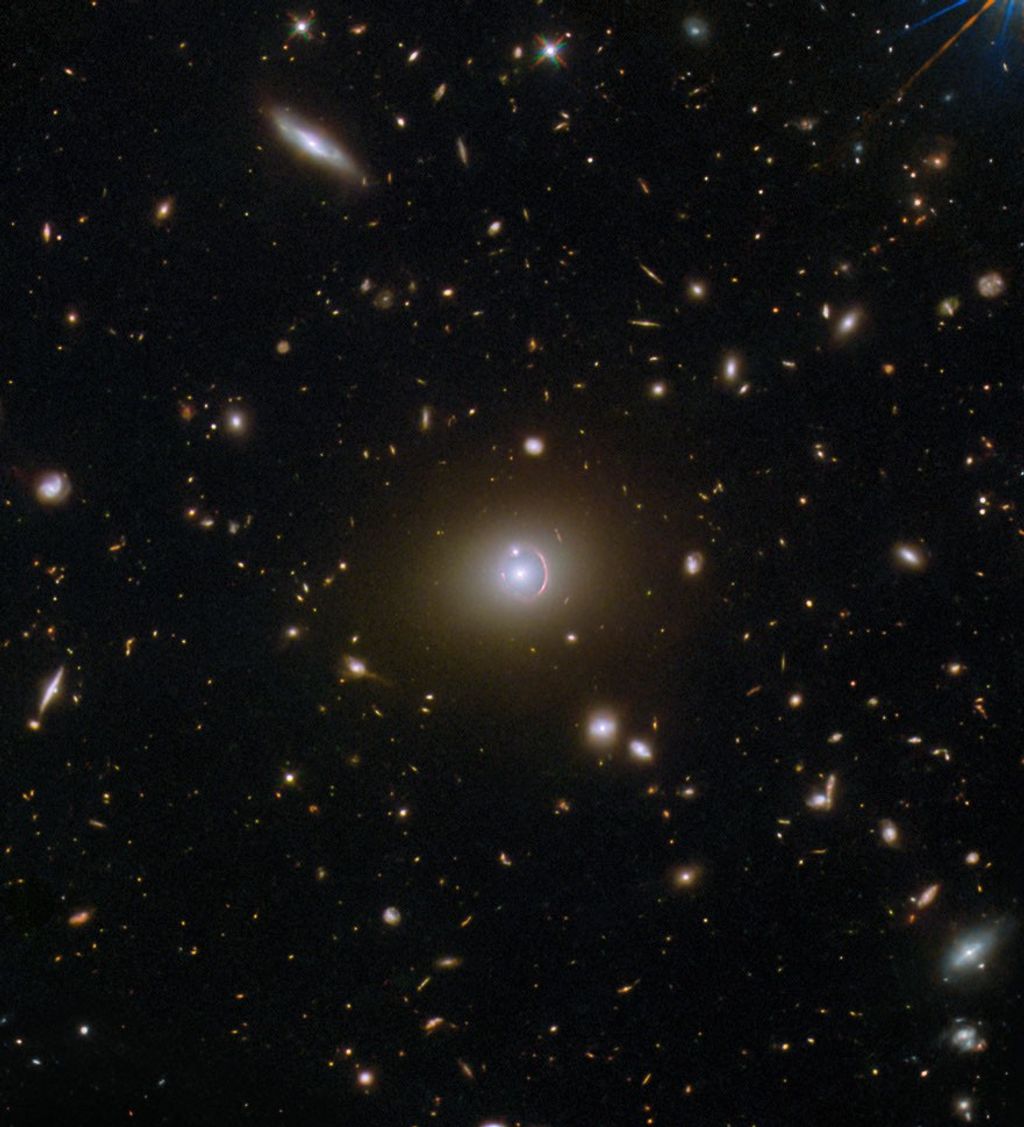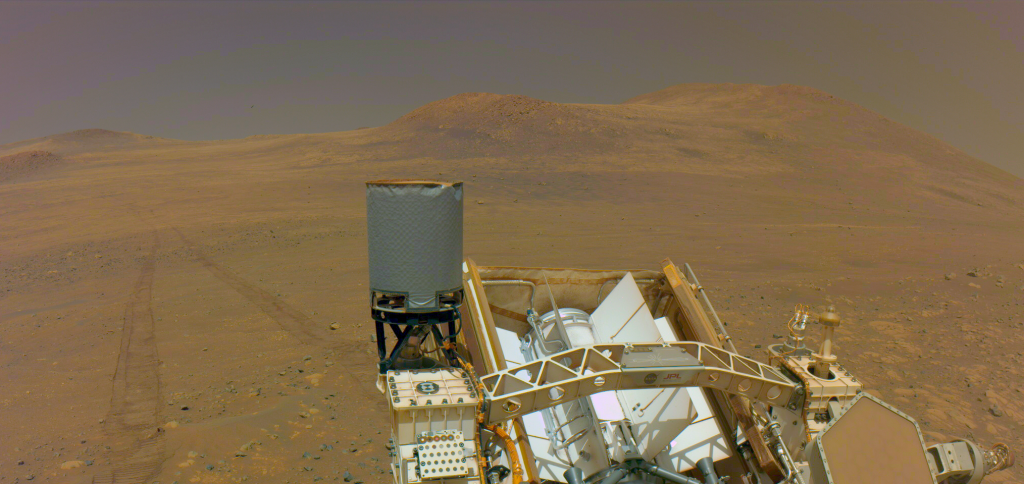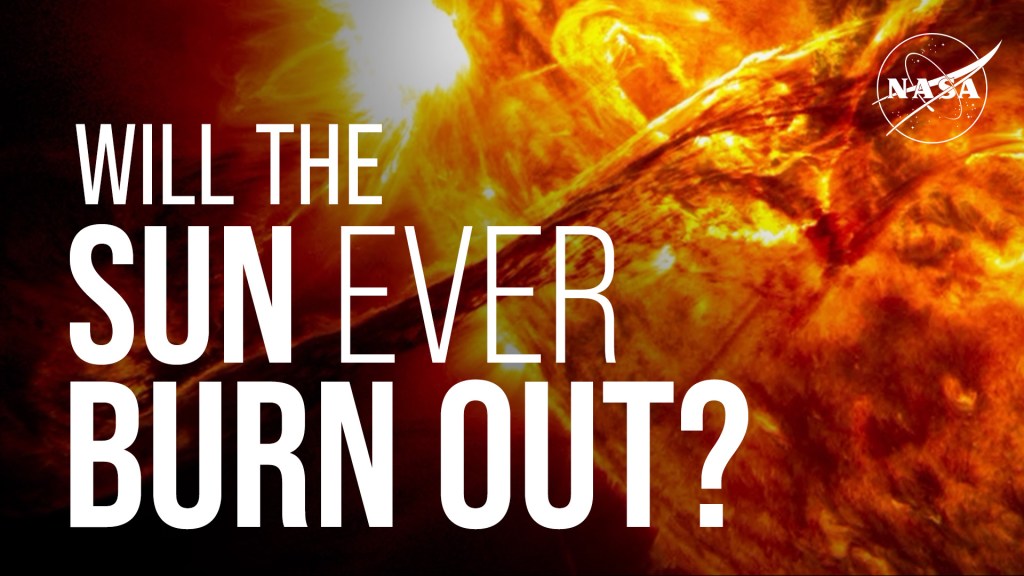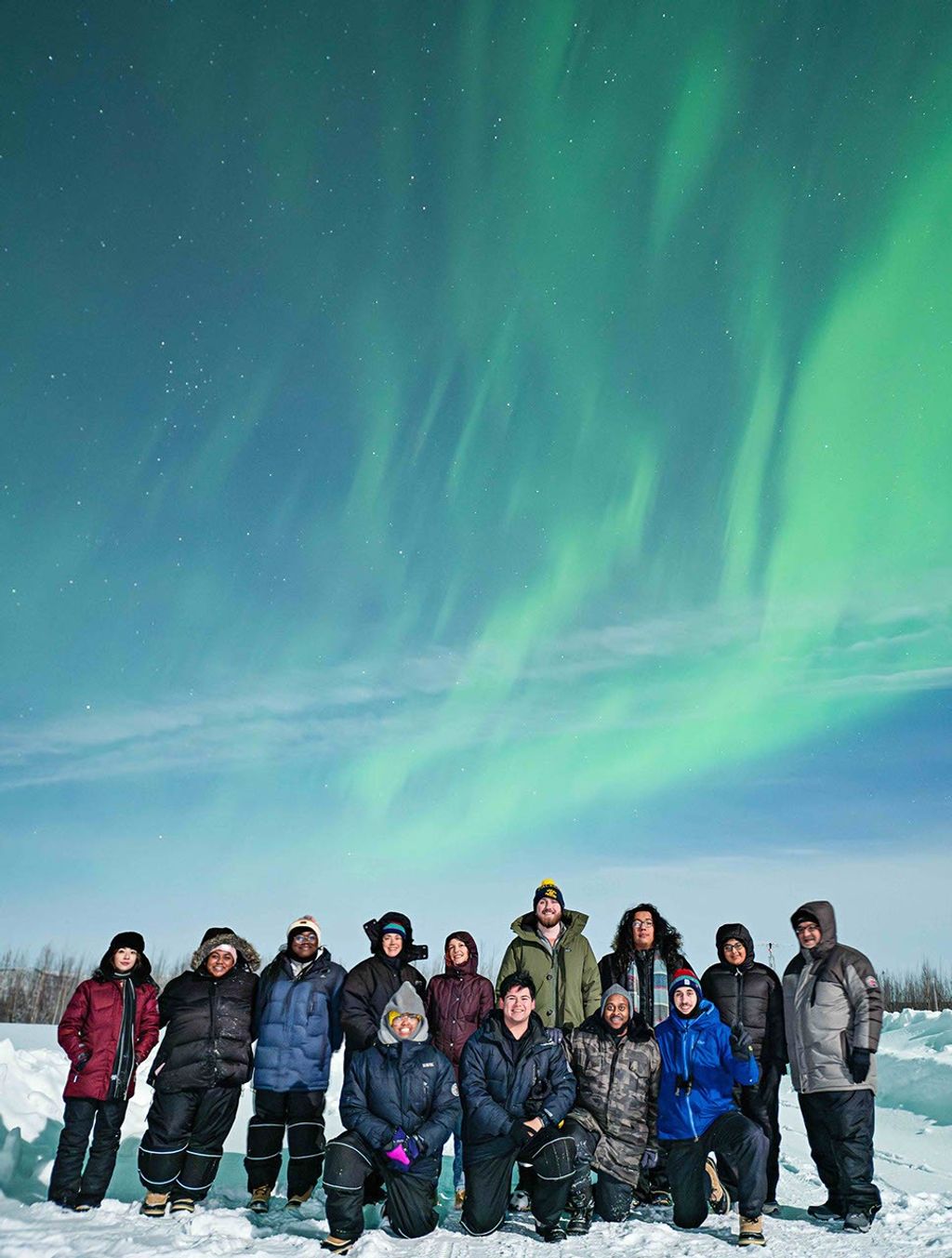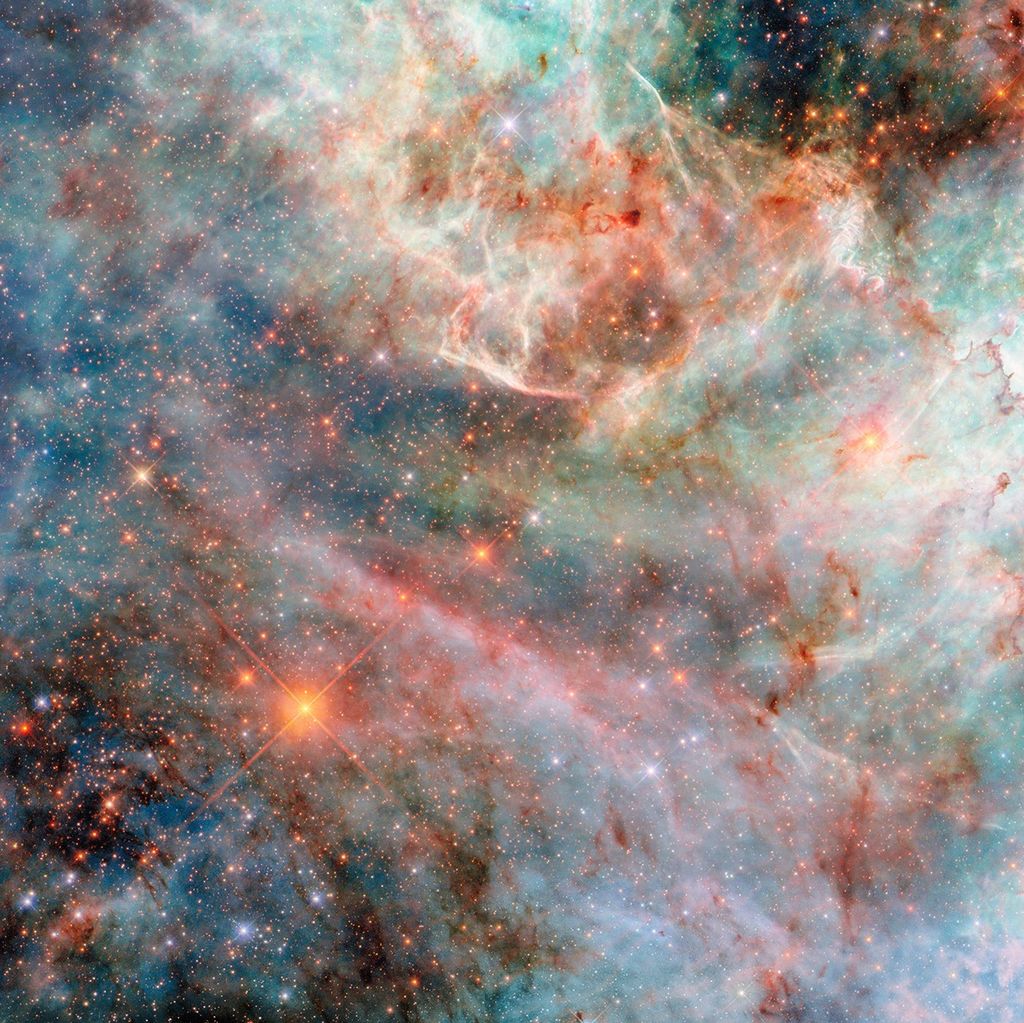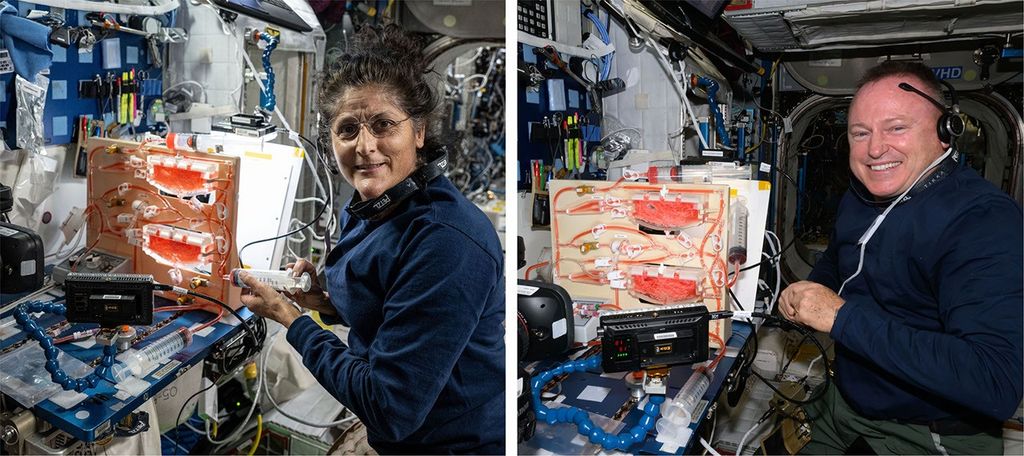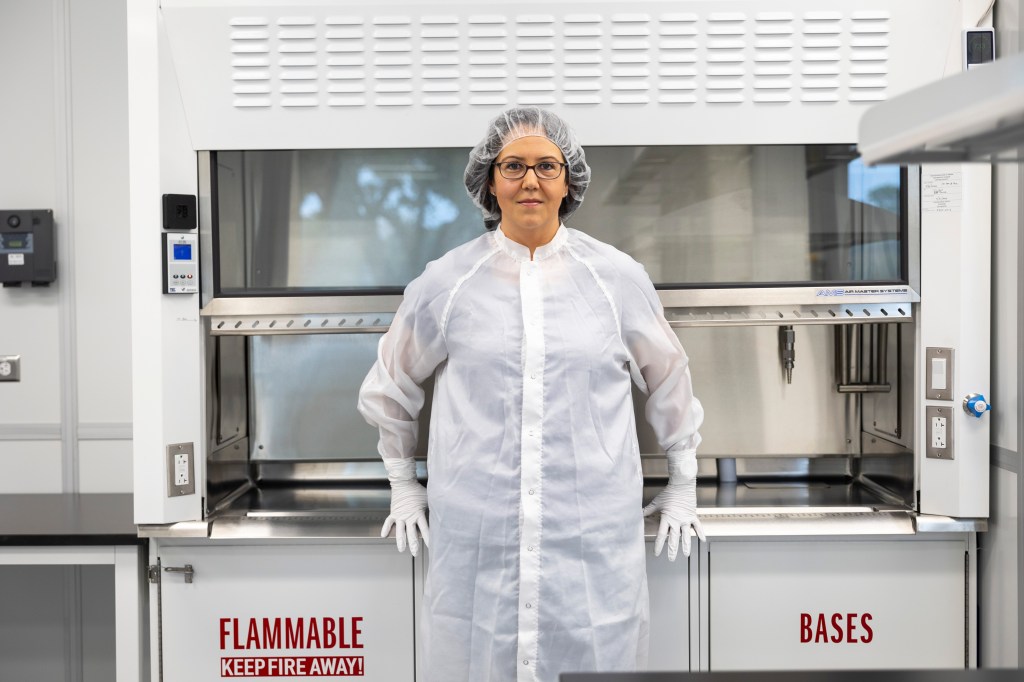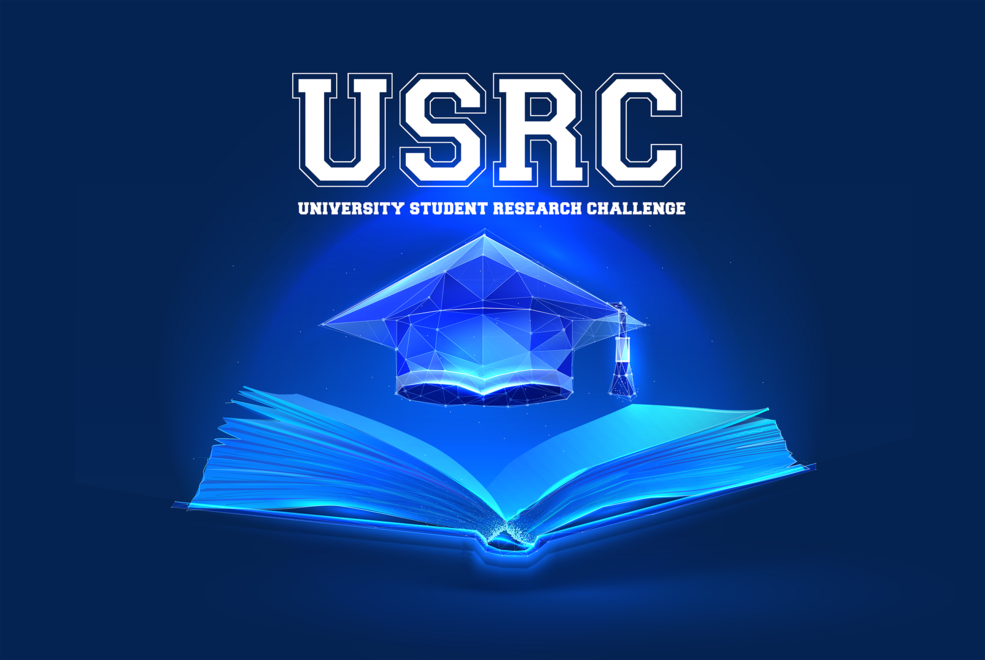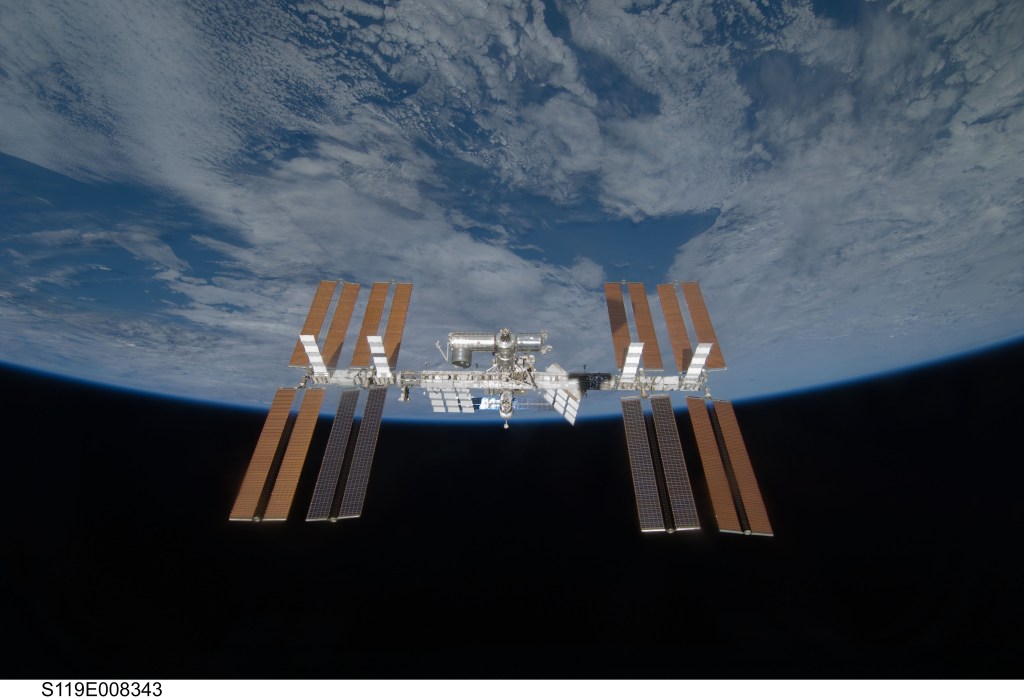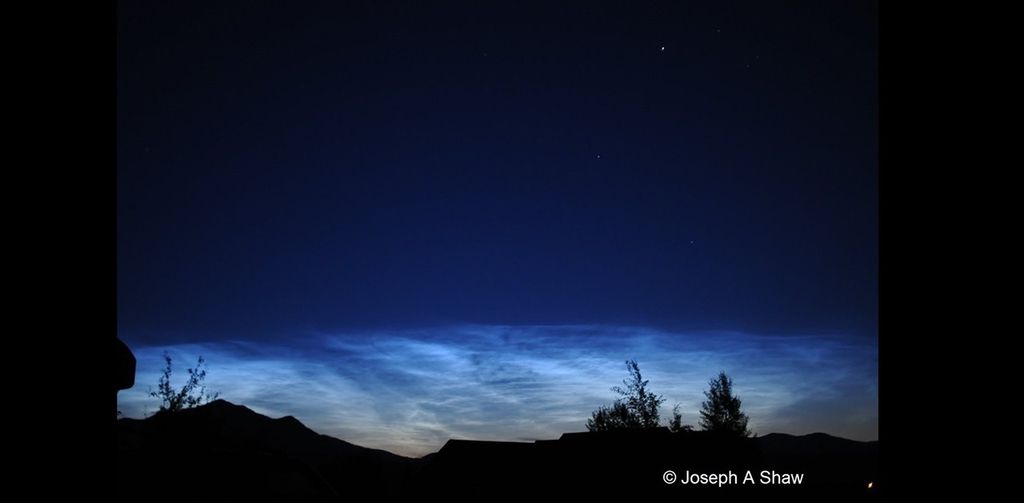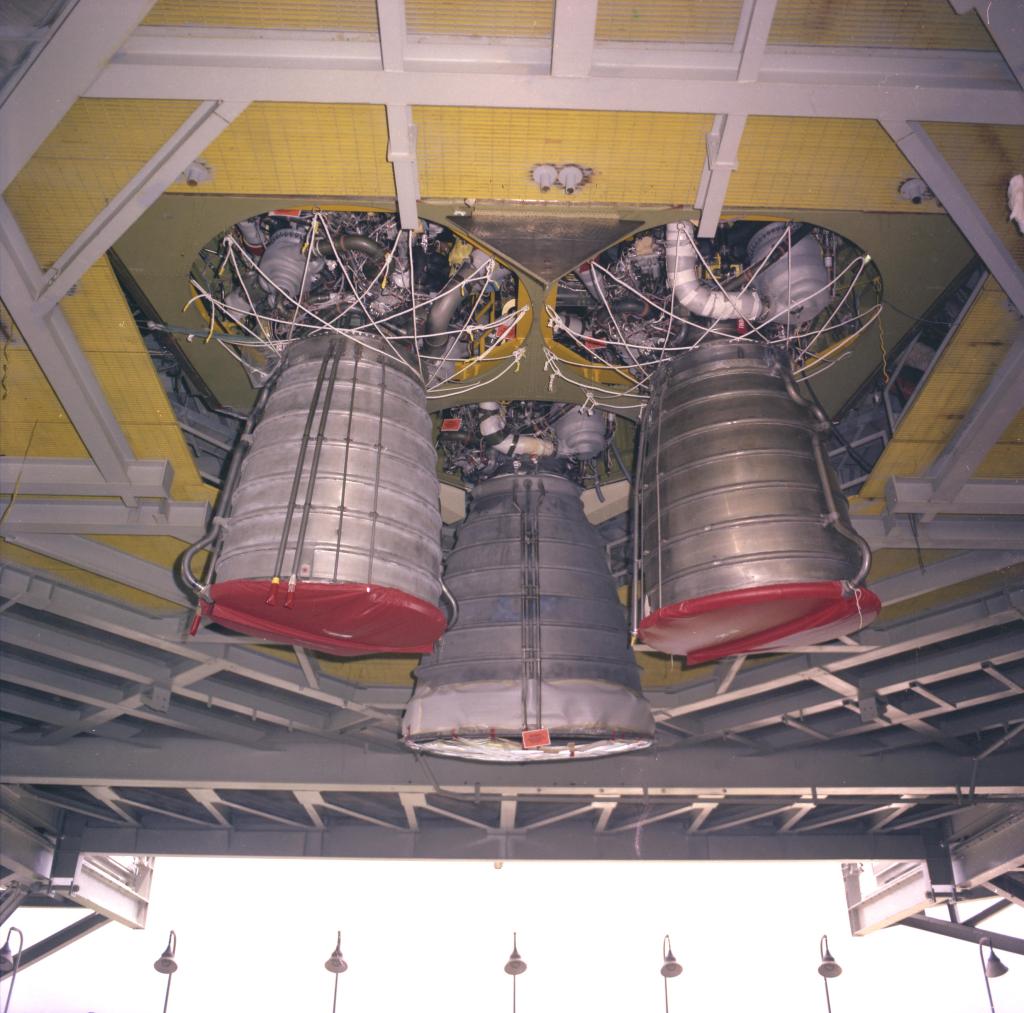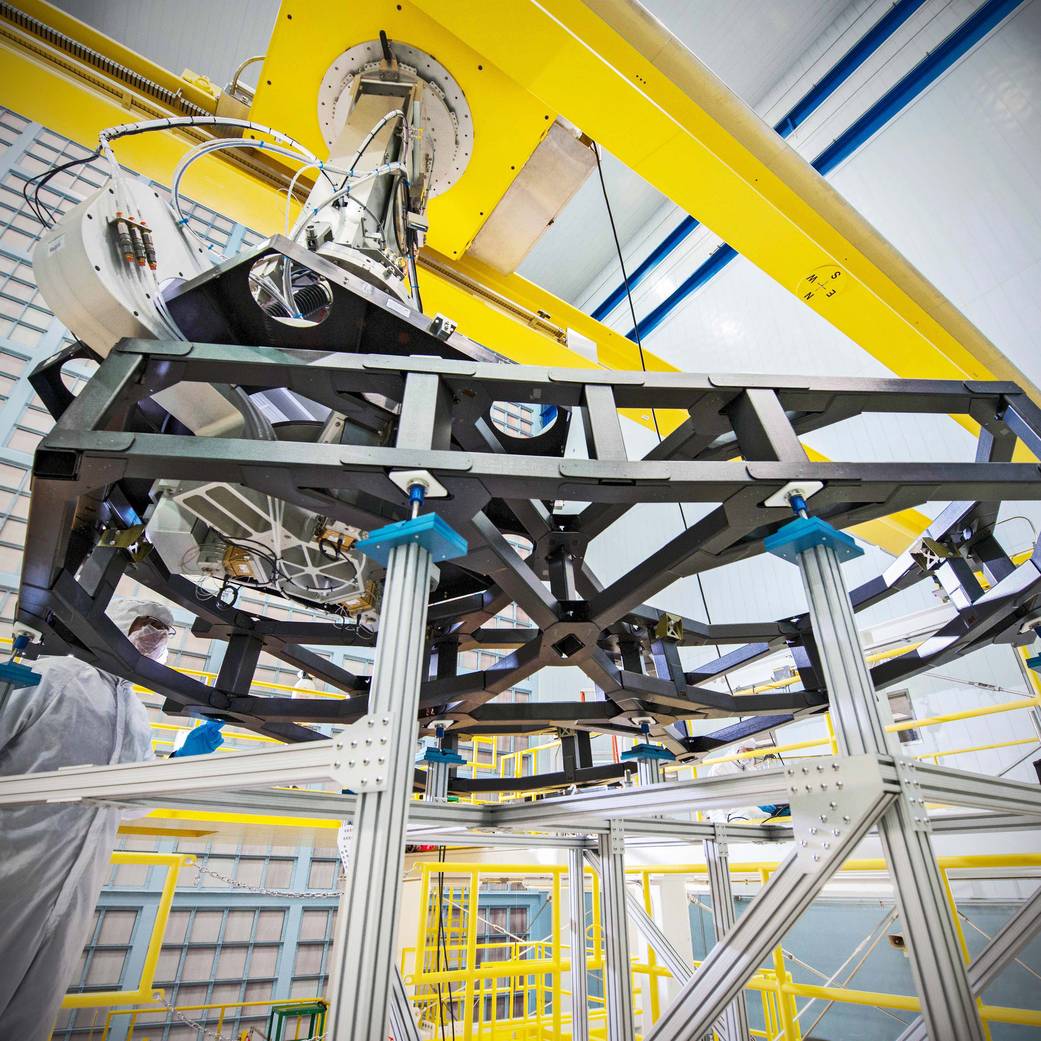
This photo gives a “worms eye” view of a robot arm holding a surrogate or simulated mirror segment (black hexagonal shape) for NASA’s James Webb Space Telescope. The arm is placing the surrogate into the test backplane structure in the clean room at NASA’s Goddard Space Flight Center in Greenbelt, Md. The holes in the test backplane aren’t wormholes, but the openings in the structure that will support the Webb telescope’s primary mirror segments.
The yellow structure supports a robot arm that will be used to install the 18 mirror segments on the Webb telescope’s primary mirror backplane.
The actual or flight backplane will hold Webb’s 18-segment, 21-foot-diameter primary mirror nearly motionless while the telescope peers into deep space. Think of the backplane like a spine for the Webb telescope, because it will support the telescope’s beryllium mirrors, instruments, thermal control systems and other hardware throughout its mission.
For more information about the backplane, visit: https://www.nasa.gov/topics/technology/features/webb-backplane.html
Image Credit: NASA/Chris Gunn
Rob Gutro
NASA’s Goddard Space Flight Center

